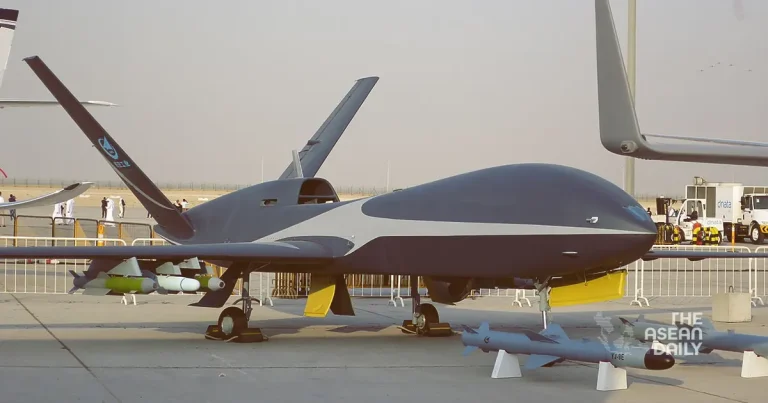6-8-2024 (HANOI) An uncrewed Chinese military aircraft was detected flying with its tracker switched on in close proximity to Vietnam’s coastline last week. This marks the first instance in five years of monitoring that Beijing has made such operations visible, according to a prominent South China Sea research body.
The South China Sea Chronicle Initiative (SCSCI) reported to Reuters that the flight, involving a WZ-10 aircraft, took place on Friday. The aircraft’s journey, originating from and returning to Hainan island, followed a trajectory approximately 100 kilometres from Vietnam’s coast, extending to the southern city of Nha Trang.
Van Pham, general manager of SCSCI, shared a map of the flight path with Reuters, based on publicly available tracking data. The unprecedented nature of this visible flight has raised questions about whether similar operations have been conducted previously with trackers switched off.
This development comes against a backdrop of ongoing tensions in the South China Sea, where China’s expansive territorial claims often conflict with those of neighbouring countries, including Vietnam. The timing of the flight is particularly noteworthy, occurring shortly after Hanoi’s announcement of its first joint coast guard exercises with the Philippines, scheduled to commence on 9 August.
Furthermore, the flight follows Vietnam’s recent submission to the United Nations of a claim to extend its continental shelf in the South China Sea, a move likely to have irked Beijing.
The visibility of this military aircraft flight represents a departure from the usual practice of Chinese vessels operating in neighbouring countries’ exclusive economic zones (EEZs) with their trackers switched off. While international law generally permits most movement within EEZs without prior authorisation, such activities are typically closely monitored by coastal states.
Neither the Vietnamese foreign and defence ministries nor the Chinese foreign ministry have responded to requests for comment on this incident.
The flight occurs during a sensitive political period in Vietnam, which has recently undergone significant leadership changes. On Saturday, the Communist Party named former internal security chief To Lam as its general secretary, replacing the late leader Nguyen Phu Trong.
For decades, the South China Sea has presented a complex diplomatic challenge for Vietnamese governments, requiring a delicate balance between asserting sovereignty and maintaining crucial ties with Beijing. This latest incident adds another layer of complexity to the already fraught relationship between the two Communist-ruled neighbours, who share strong economic ties but frequently clash over maritime boundaries.




